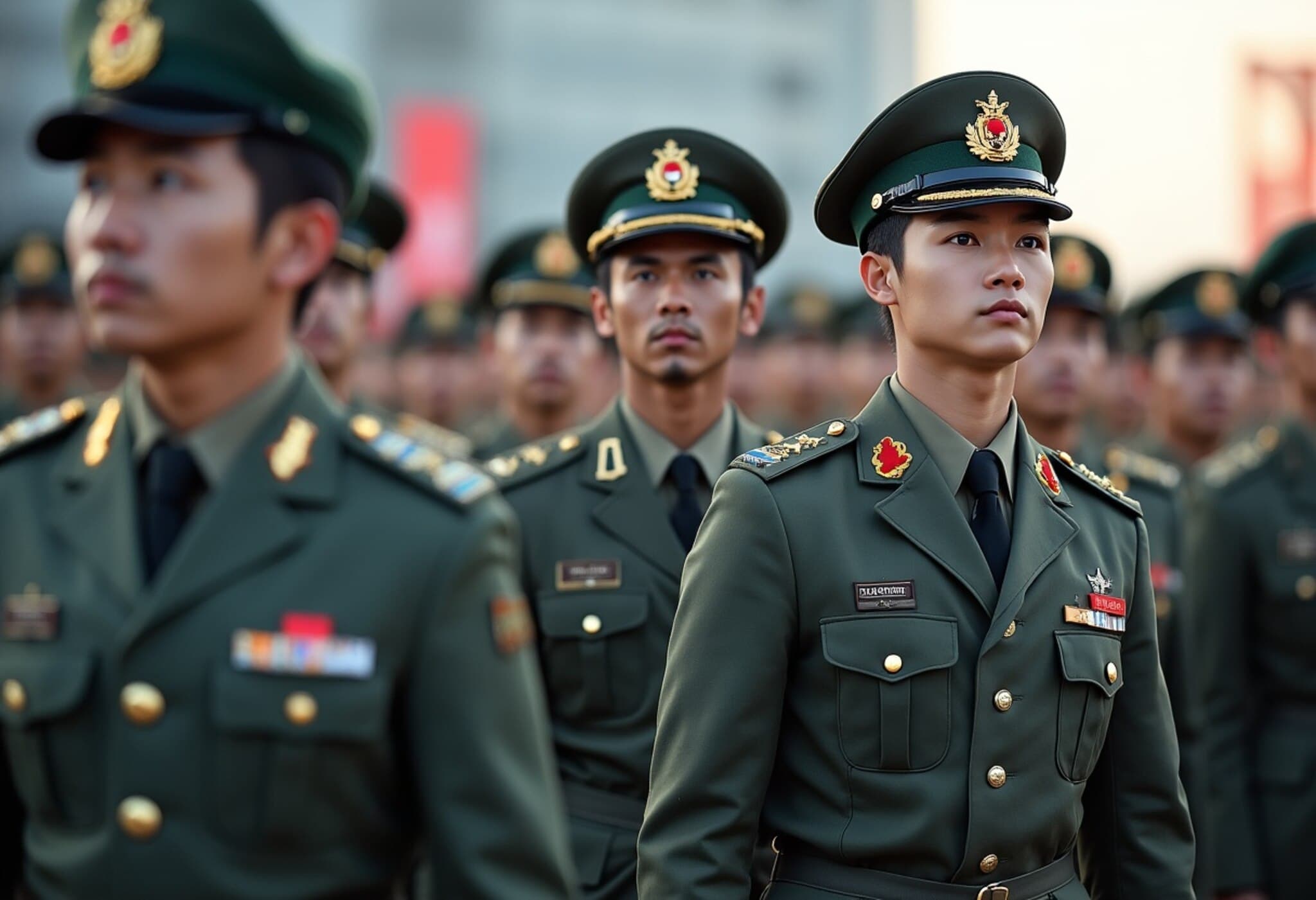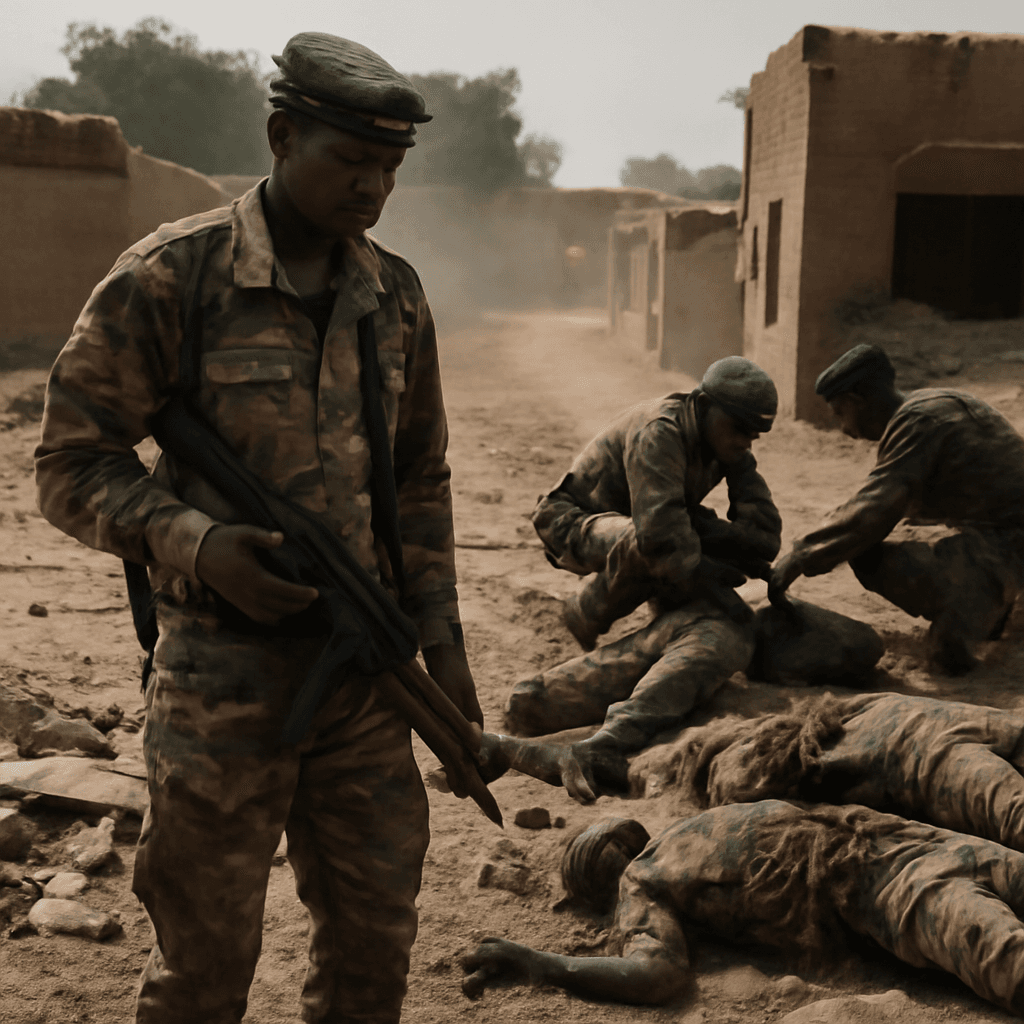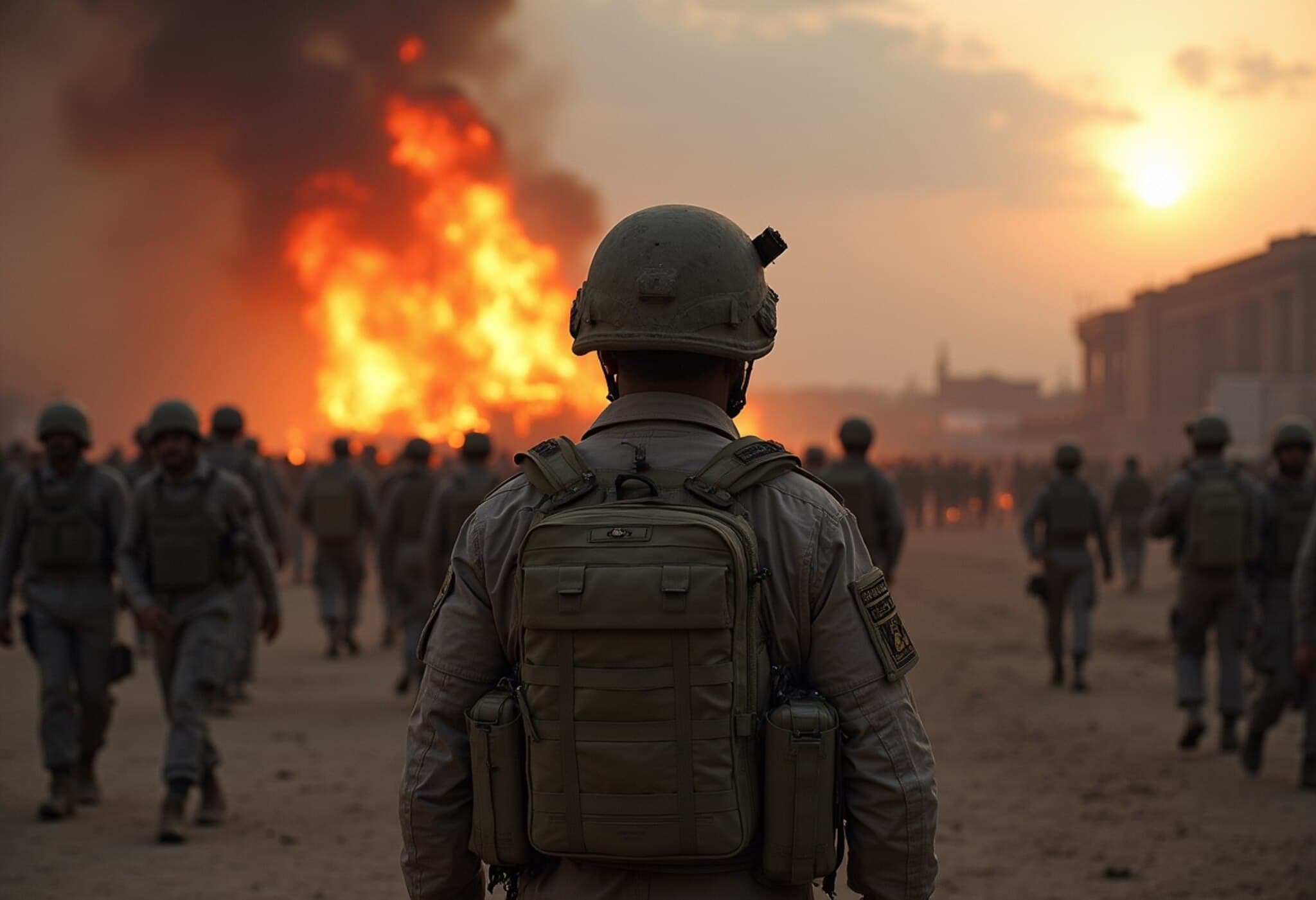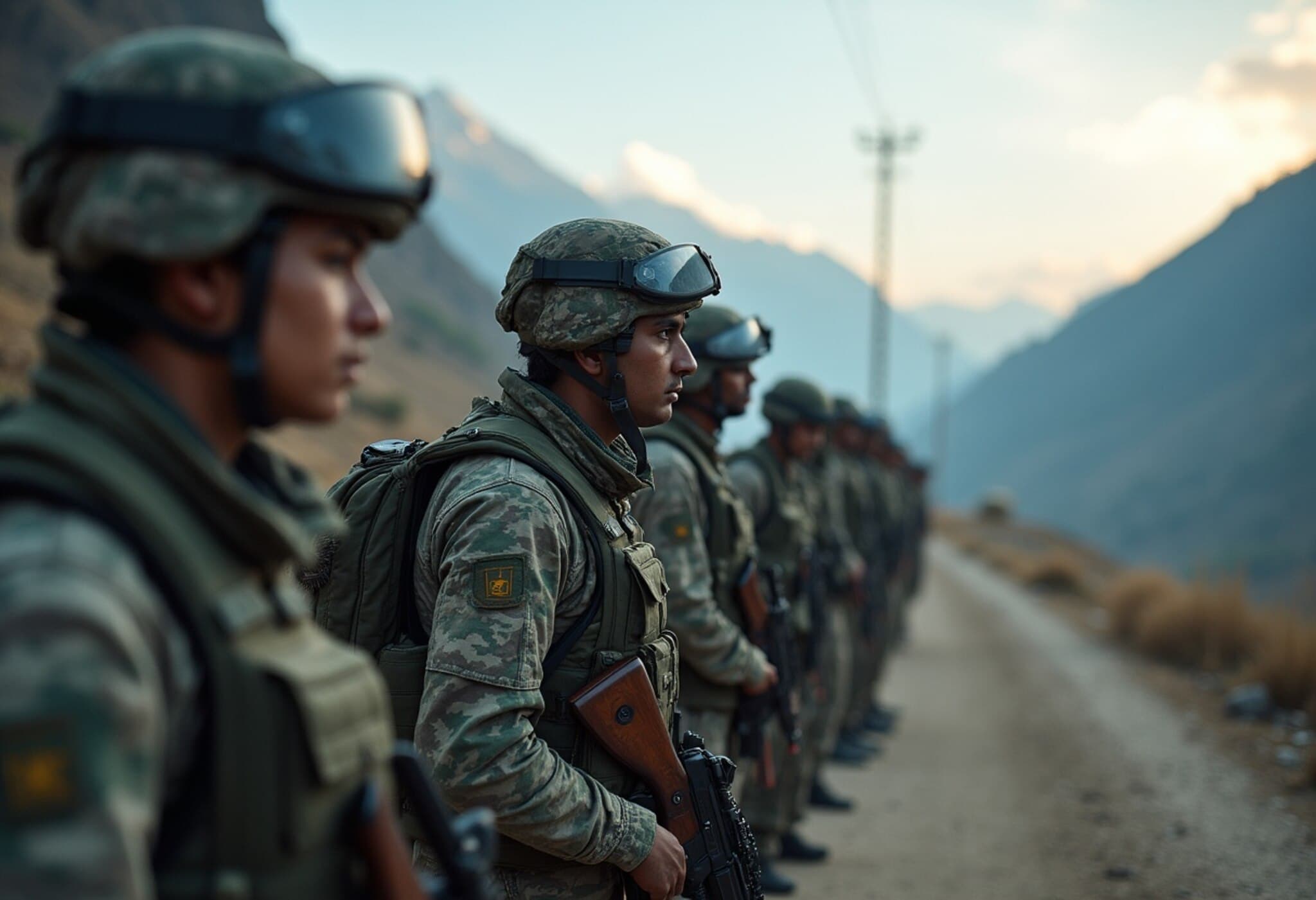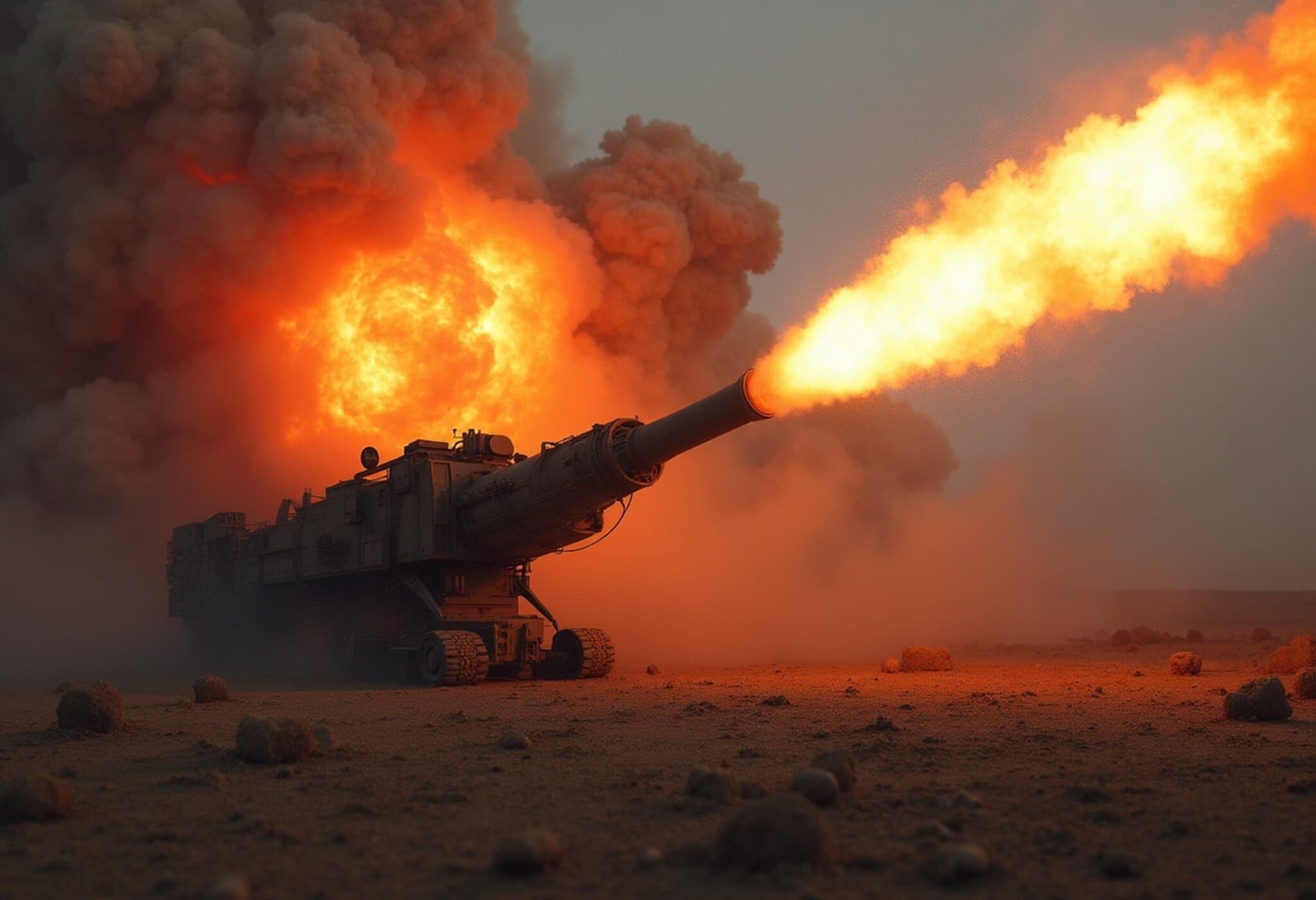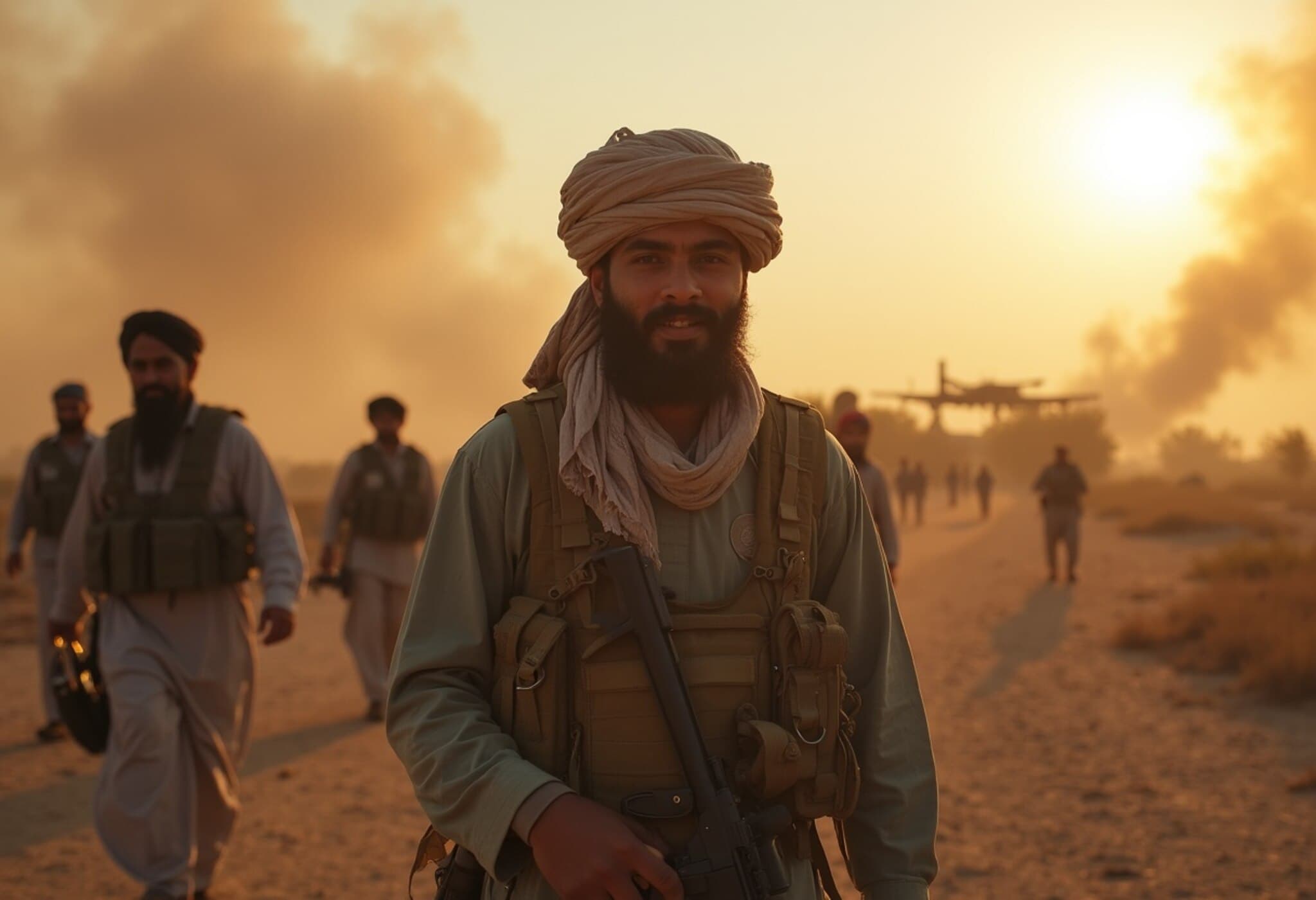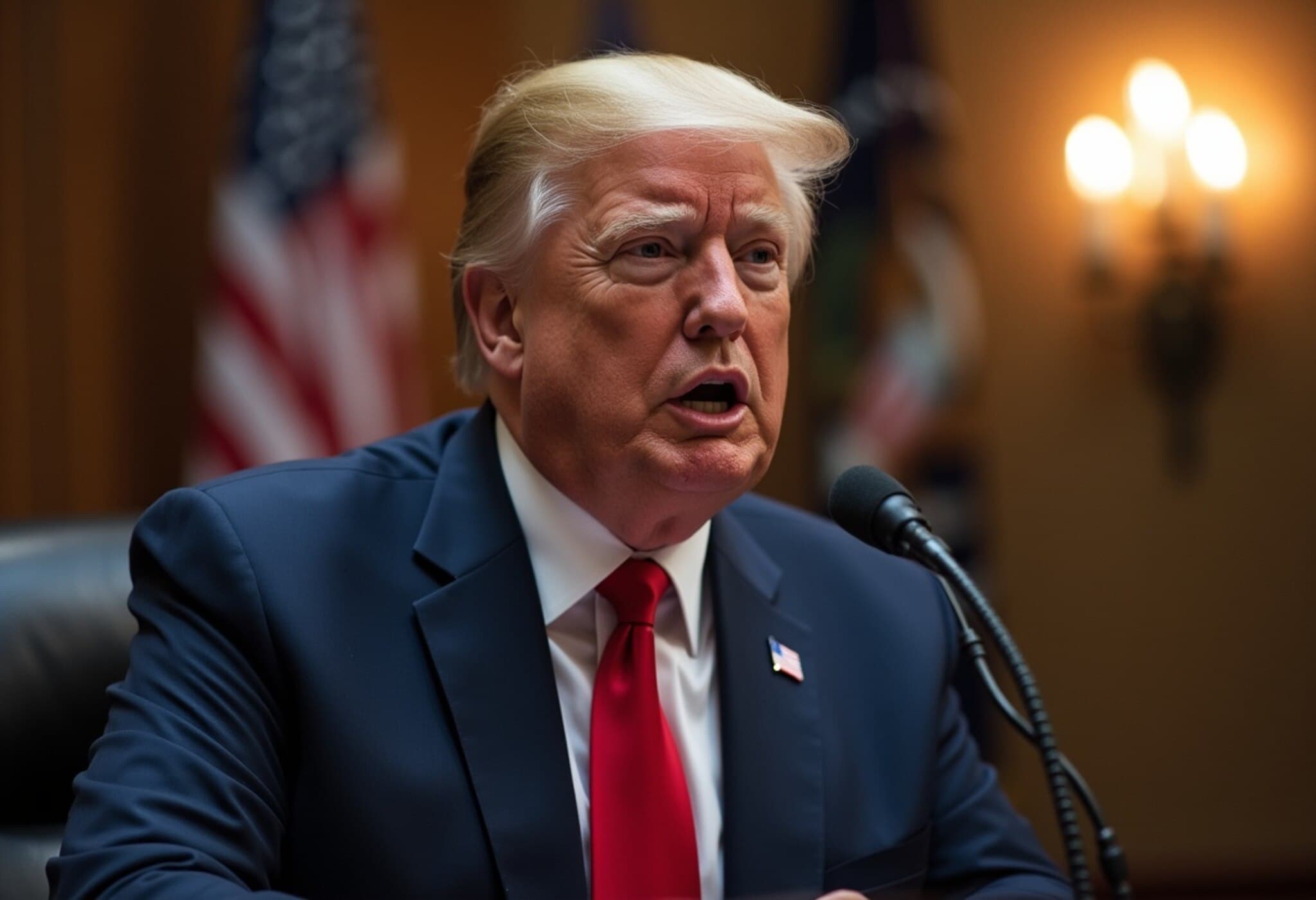South Korea's Armed Forces Contract by 20% Over Six Years
South Korea’s active military personnel have reduced sharply by 20%, down to 450,000 troops from approximately 563,000 in 2019, as confirmed by a recent report from the Ministry of National Defense. This significant downsizing is primarily driven by a stark demographic reality: the country’s historically low birthrate has resulted in fewer men reaching enlistment age.
Demographic Challenges Threaten Military Readiness
Between 2019 and 2025, the number of 20-year-old males—the typical age for South Korea’s mandatory military service—plummeted by 30%, falling to around 230,000. This year cohort is crucial since military service is compulsory for nearly all able-bodied men, typically lasting 18 months in the present day.
South Korea is grappling with the world's lowest fertility rate, estimated at just 0.75 births per woman in 2024. The nation’s population peaked at 51.8 million in 2020 and is projected to decrease drastically to 36.2 million by 2072. This demographic squeeze places mounting pressure on the government to maintain defense capabilities amid diminishing recruitment pools.
A Shrinking Force Despite Defense Budget Growth
Although South Korea’s defense budget stands robust at over 61 trillion won ($43.9 billion) in 2025—outspending North Korea’s entire estimated economy—the military currently reports a shortfall of approximately 50,000 troops to meet operational readiness targets. Notably, about 21,000 of this deficit falls within the vital non-commissioned officer ranks responsible for leadership and training within the force.
Historically, the length of mandatory service has been shortened thanks to enhanced military technology and the strategic alliance with the United States. For context, service terms lasted as long as 36 months when the Korean War armistice was signed in 1953. Today’s advancements, coupled with South Korea’s emergence as a significant arms exporter, have enabled military modernization despite fewer conscripts.
Comparative Military Strength and Geopolitical Implications
North Korea, South Korea’s principal security concern, maintains an estimated active-duty force of about 1.2 million troops, more than twice the size of South Korea’s current military. This imbalance heightens strategic anxiety, especially as South Korea’s population declines rapidly.
The demographic trends signal a broader challenge not only for South Korea’s internal security but also for regional stability and U.S.-led defense postures in East Asia. As the recruiting pool dwindles, policymakers might need to consider alternative models, such as expanding professional volunteer forces, increasing automation, or revising conscription policies to sustain credible deterrence.
Expert Commentary: Rethinking Military and Social Policy
Defense analyst Dr. Lee Min-seok from Seoul National University highlights, "South Korea’s shrinking military is a mirror reflecting its demographic crisis. This is not purely a military issue—it’s a national concern intersecting social policy, economic vitality, and international relations." He stresses the urgency for integrated policies addressing birthrate recovery, technological investment in defense, and expanded international cooperation.
Meanwhile, sociologists point out that the underlying causes of the plummeting birthrate—such as economic insecurity, housing costs, and changing social attitudes—also need to be tackled to reverse long-term demographic decline, thereby indirectly supporting national security.
Looking Ahead: Navigating an Uncertain Future
The trajectory of South Korea’s military manpower decline underscores the complex interplay between demographic trends and national defense. It raises pressing questions:
- How will South Korea adapt conscription models or embrace technological substitutes like unmanned systems?
- What role can international alliances, particularly with the U.S., play in mitigating emerging vulnerabilities?
- Can comprehensive social reforms effectively incentivize higher birthrates, stabilizing future recruitment pipelines?
As one of the world’s fastest aging societies, South Korea’s security framework is emblematic of broader global challenges where demographic shifts ripple into military preparedness and geopolitical dynamics.
Editor's Note
South Korea’s dramatic military downsizing amid the lowest global birthrate paints a vivid portrait of how demographic realities directly influence national security. This situation demands a multidisciplinary approach, encompassing defense innovation, social policy reform, and strategic international cooperation. Observers and policymakers alike should watch how Seoul navigates this demographic-defense nexus, as it sets a precedent for other aging societies facing similar challenges.

